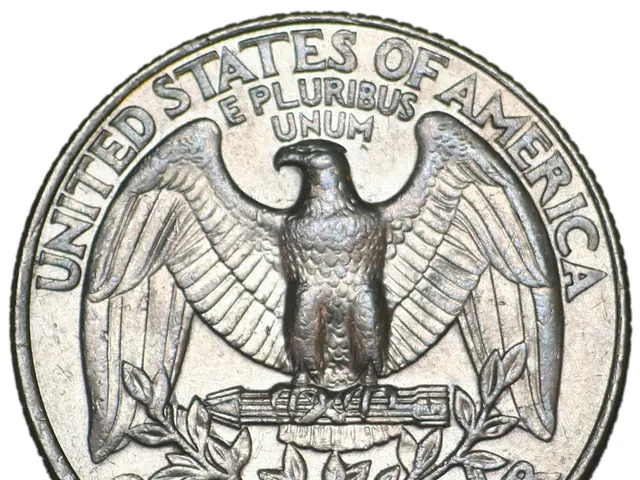U.S. Proposes Ban on Chinese Tech in Connected Vehicles
The U.S. Department of Commerce has proposed a ban on connected vehicles containing certain Chinese technology and components. This move aims to address national security threats and follows discussions about ending exemptions exploited by Chinese companies and the passage of the Uyghur Forced Labor Prevention Act.
The proposed ban targets connected vehicle technologies, which are crucial for modern vehicles' functionality and safety. It follows concerns about Chinese automakers' dominance in this area and the potential exploitation of de minimis exemptions. While specific companies were not mentioned, notable suppliers like Autoliv and ZF Friedrichshafen provide safety components to major automakers, including Audi and Volkswagen.
Ben Tzion, CEO of Publican/Ultra Global, expects a shift in consumer habits, with increased scrutiny on product origins and quality. He identifies three key considerations for organizations trading with China: trade barriers, supply chain complexity, and transparency. Tzion predicts enhanced transparency requirements and a more regulatory environment, potentially extending to other industries using Chinese-made critical components, such as smartphones or telecommunication equipment.
The proposed ban, if implemented, could significantly impact the automotive industry and beyond. It aims to protect national security and enforce U.S. trade policies. Organizations are advised to prepare for increased scrutiny, transparency, and potential compliance costs.
Read also:
- Web3 gaming platform, Pixelverse, debuts on Base and Farcaster networks
- Cannabis-Focused CTV Channel Citizen Green Launches for Global Streamers
- Goodyear in 2025: Advancement in Total Mobility through the Launch of Kmax Gen-3 by Goodyear
- Boston Metal pioneers route to commercial production for eco-friendly steel method







